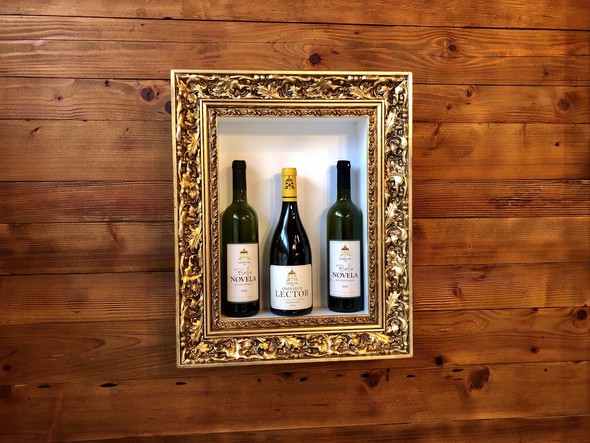Cover pic by Daniel Ercsey
Black and white, yin and yang. They belong together, even though they are far apart. The same is true of two winemaking centres and their wineries at the western end of Fruska Gora, Ilok in Croatia and Erdevik in Serbia.
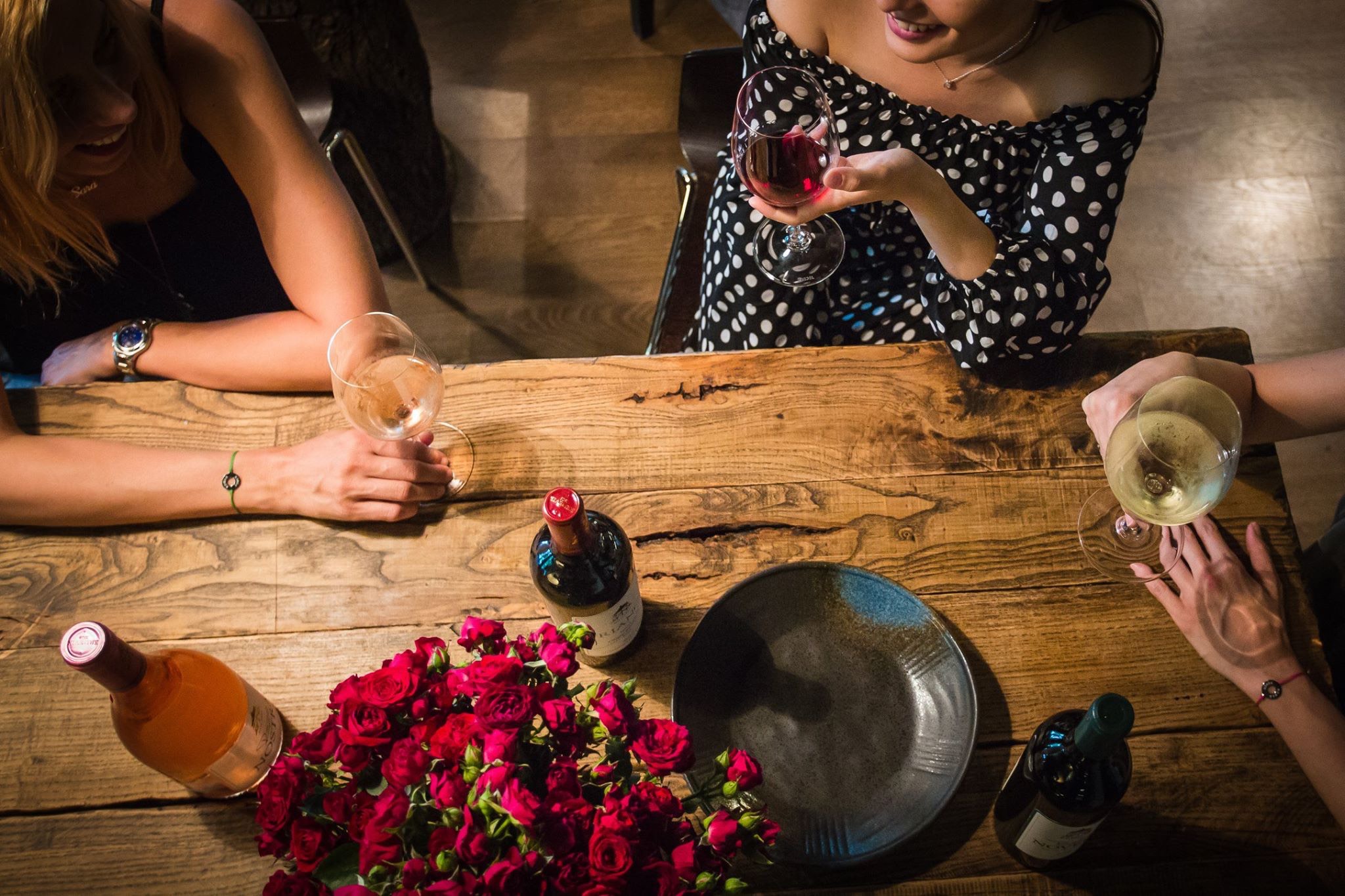
Photo from the FB site of the winery
Especially considering that their modern history can be attributed to the same family, the Odescalchians of Italian descent, who rose to the rank of prince and who, after the expulsion of the Turks, received the entire western end of the Fruska Gora Mountains. And, when this came about, the story goes that they immediately brought the Traminer variety with them from their estates in northern Italy and, of course, the desire to plant it. It is no coincidence that they are exemplified everywhere in the region when it comes to the wine region’s historical size and ranking. And once they arrived, they immediately started building a cellar, and based on the data that survives, they built two centres, one in Ilok and another in Erdevik.
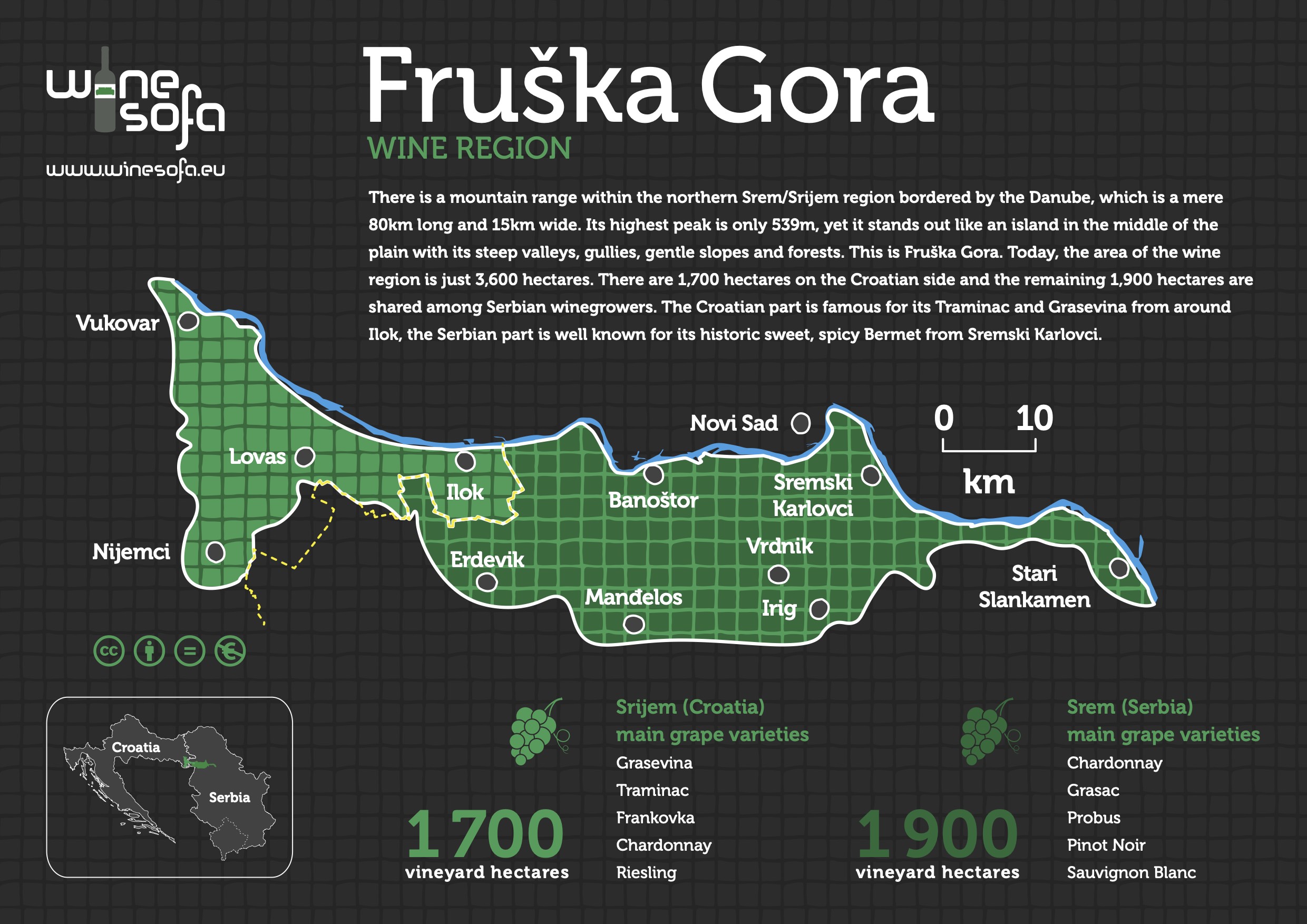
The history of the two estate centres (since it was actually one estate) is similar. Under communism, both were the centres for the local cooperatives, thus huge wineries, and they were both privatised after the regime change. The difference being that on the Croatian side, Ilocki Podrumi seems to have been more successful at saving its heritage, while the Erdevik winery was struggling in the shadow of its past for some time. This has changed in the last few years …
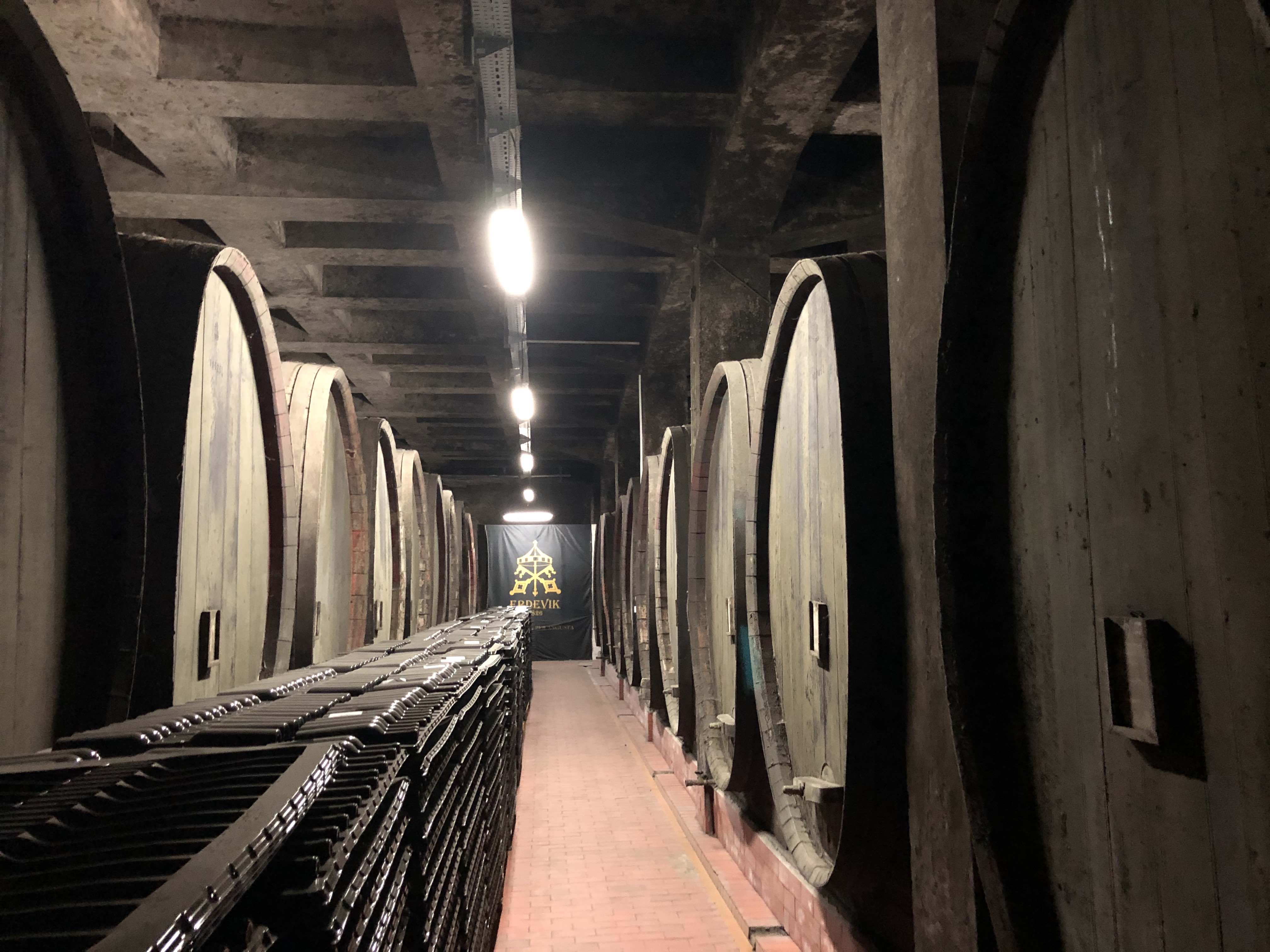
The old cellar (photo: Daniel Ercsey)
As for the history of the Erdevik estate, Traminac (Traminer) has, of course, been the main grape here since the beginning too, just like in Ilok, 12 km away as the crow flies. What’s more, Ilocki Podrumi’s famous Principovac vineyard and the Erdevik winery are only 8 km apart! During the communist era, the winery bought in the harvest from an additional 600 hectares to supplement its own 600 hectares of vineyards.
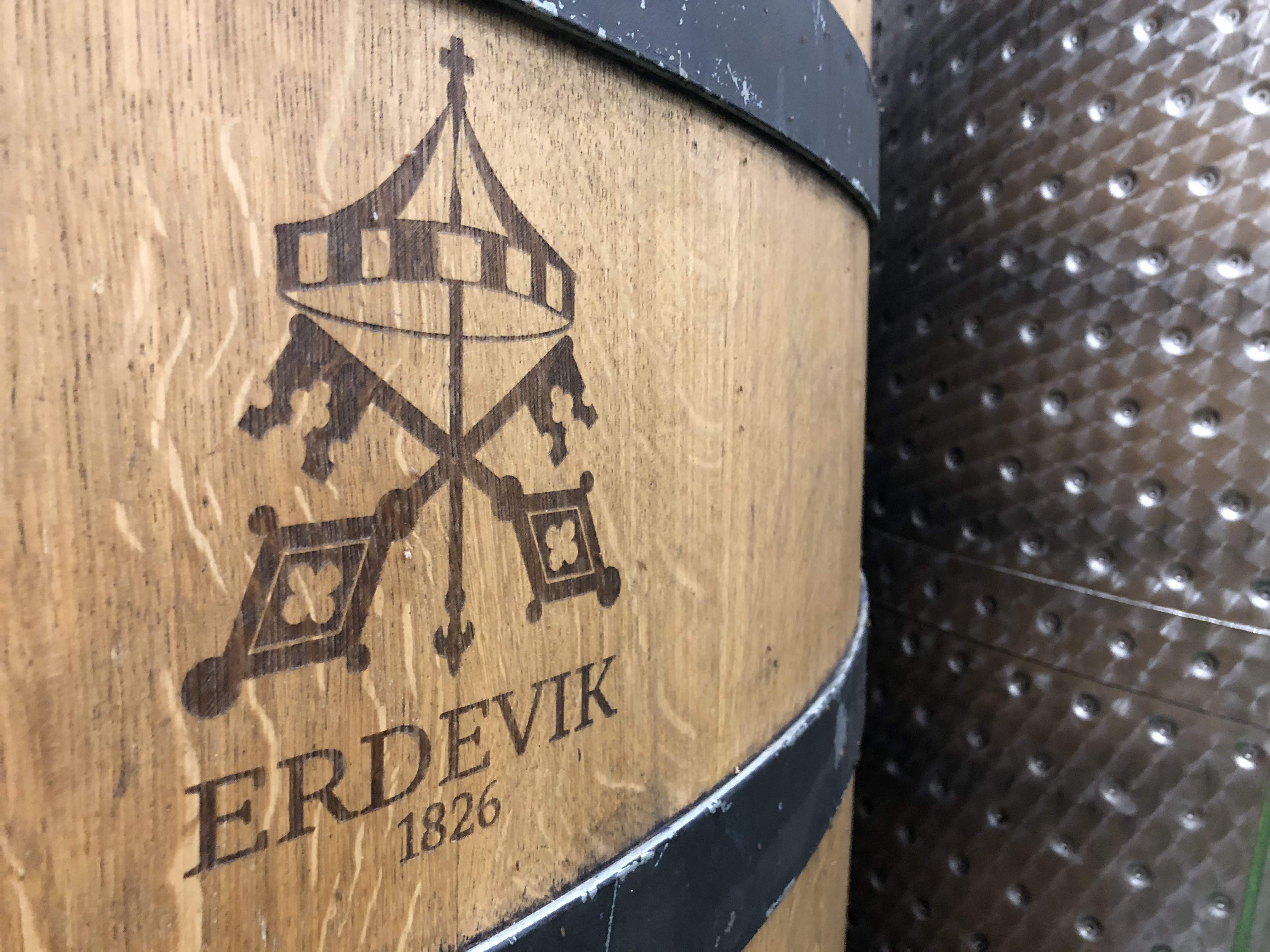
Photo: Daniel Ercsey
Currently, the large winery is disused and gathering dust; however, a small part has been modernised and life is returning to the ruin. This means that just 200,000 bottles of quality wine are now made per year from the Erdevik winery’s current 63 hectares.
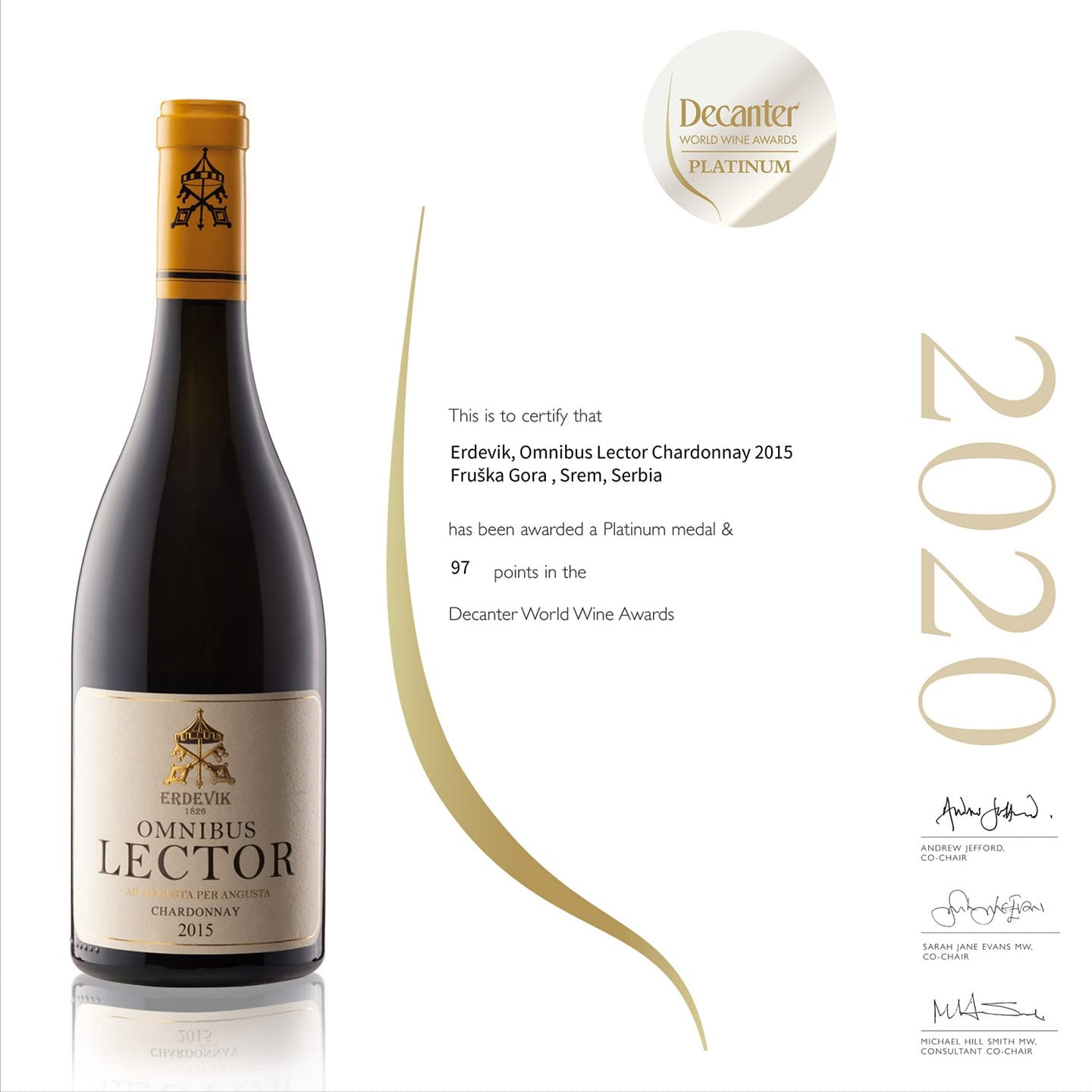
The impulse for this change was the nearby ChiChateau garage winery in Šišatovac, whose owners were asked if they could successfully inject some life back into the neighbouring cooperative. I was able to taste some of the wines in the company of the constantly smiling Đorđe Stojšić and the brand manager, Vuk Stefanovics, while they also told me that investment would enable them to renovate the former Roman baths on the estate in the coming years and the old cellar would be turned into a hotel and conference centre.
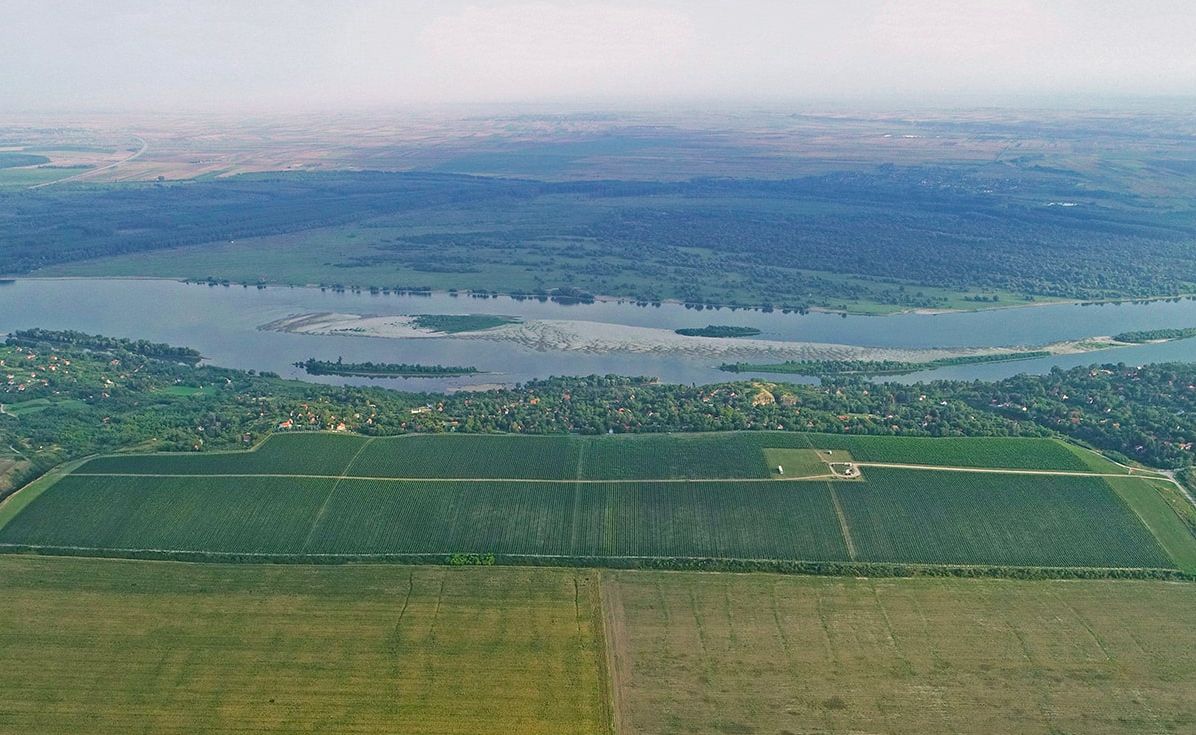
The vineyards are facing to the Danube near Krčedin (Photo from the website of the winery)
ChiChateau Sauvignon Blake 2017 I 90 points
Only 1,300 bottles in total were born from this not entirely classic Sauvignon Blanc. Its medium deep gold colour already gives it away, as does its nose! Sweet spices and peach are the first to make themselves felt, with clove and ripe apple in the background. On the palate, it is characterised by a full body, elegant acidity, enticing barrel spices and a creamy texture as well as stone fruits and a very long finish with a hint of brittle. Delightful!
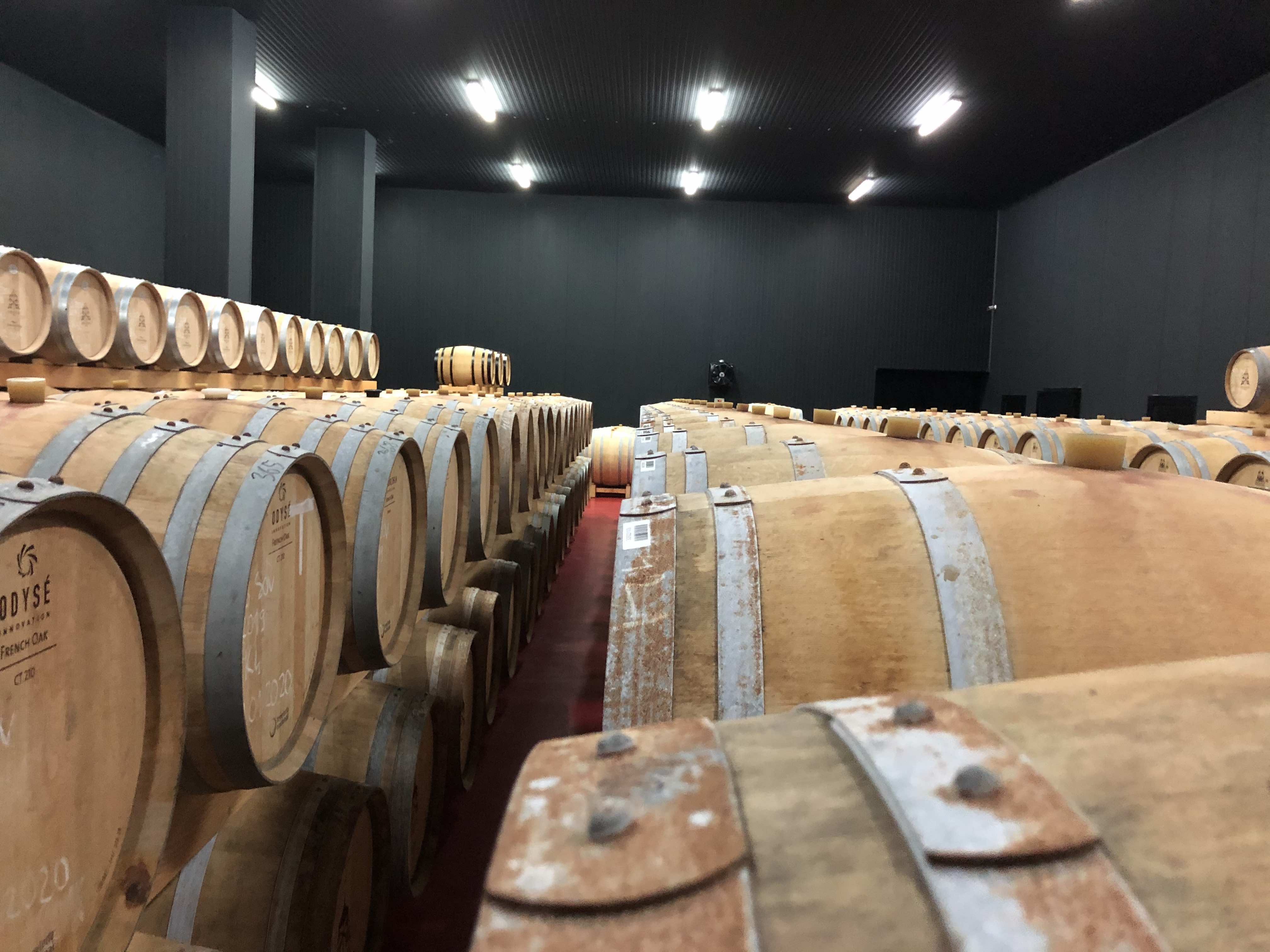
Photo: Daniel Ercsey
ChiChardonnay 2017 I 91 points
Medium gold colour. Full-bodied with a creamy texture, yet vibrant acidity and white-fleshed fruit, liquorice, vanilla, hazelnut and clove. Long, lovely wine.
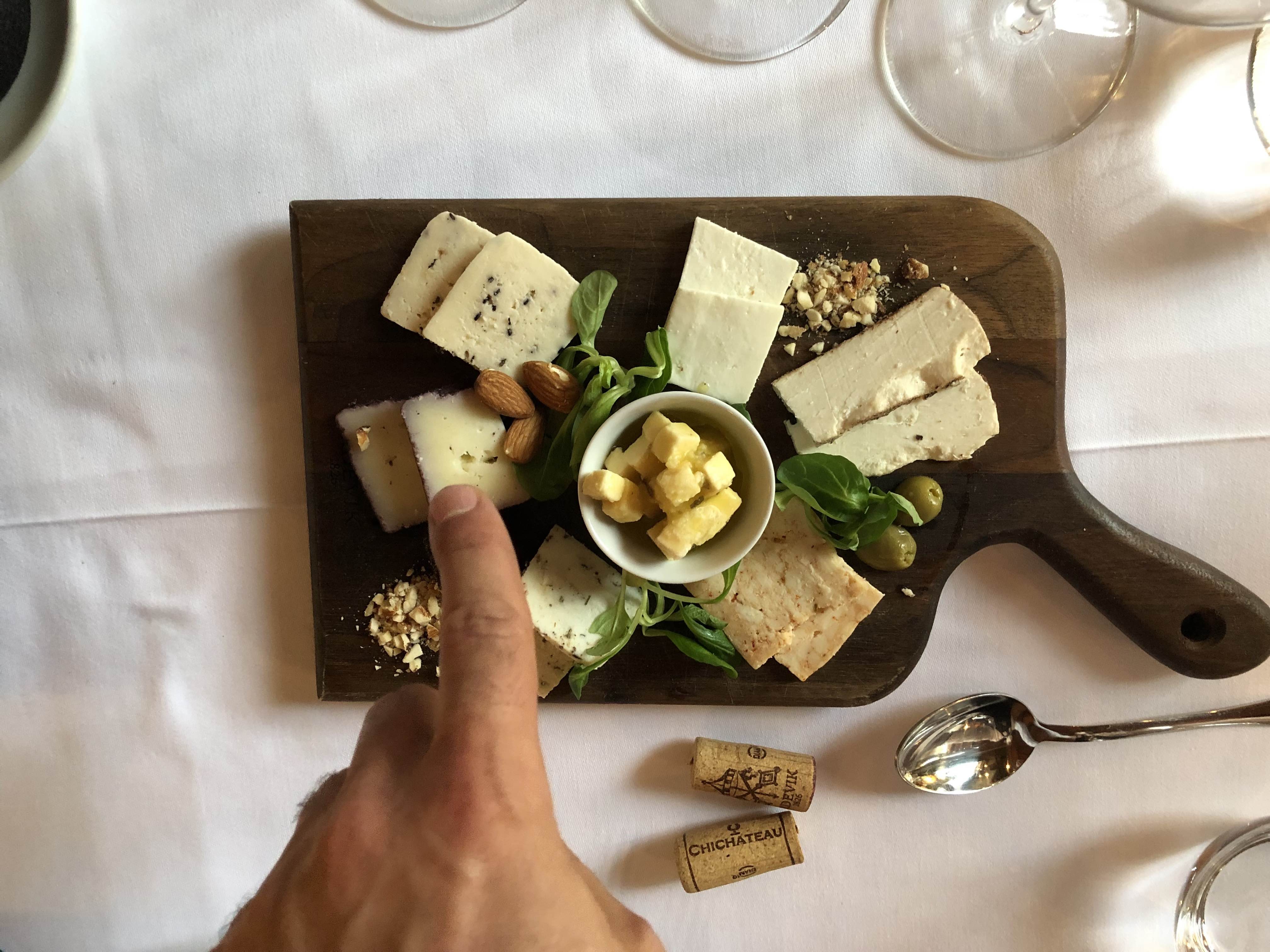
The whites and the rosés can be well paired with local cheeses (photo: Daniel Ercsey)
I asked about this here because of the acidity, but it was later confirmed in the Erdevik wines; they never undergo malolactic fermentation, not even in the case of oak-aged Chardonnay! To begin with, I thought it was a cool area, but most of the Erdevik vineyards are on the other side of the mountains, on the eastern side, near Krčedin, next to the Danube, from where you can almost see the mouth of the Tisa river and nearby Titel. In fact, the climate here is warm, although Đorđe has also found that with the local grapes, they need to retain the malic acid in the wines.
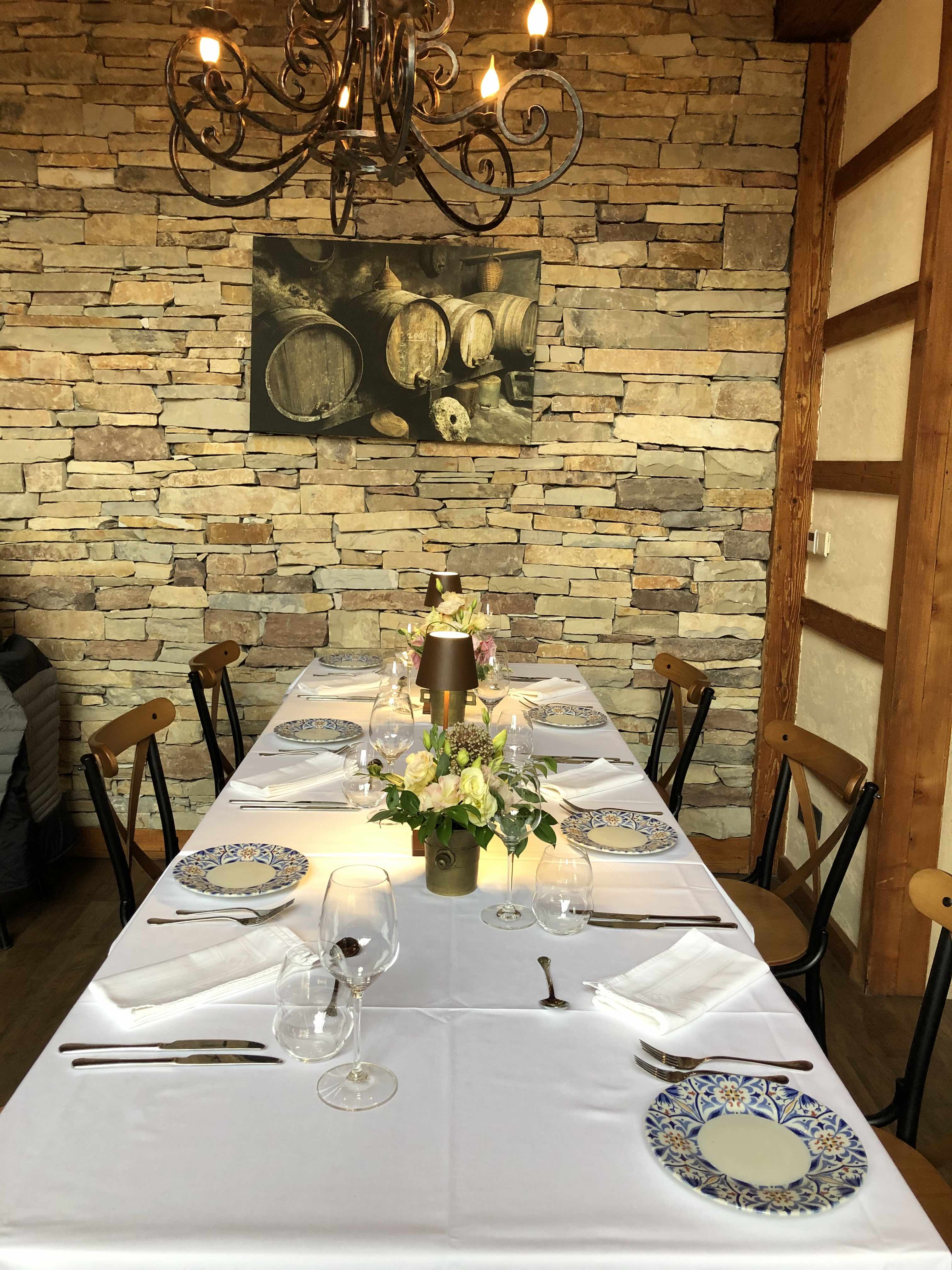
There is a restaurant on the property (photo: Daniel Ercsey)
Erdevik Rosa Nostra 2019 I 87 points
They told me that their rosé is a blend of 33% each Merlot, Syrah and Cabernet Sauvignon as well as 1% of love. If this is true, then the latter has the aroma of Diana’s boiled sweets, along with a hint of gooseberry, strawberry, a touch of white pepper and rose. It comes across as light, although its 14% alcohol does not suggest that! The wine is smooth and elegant on the palate with pure fruit and a lovely, long finish.
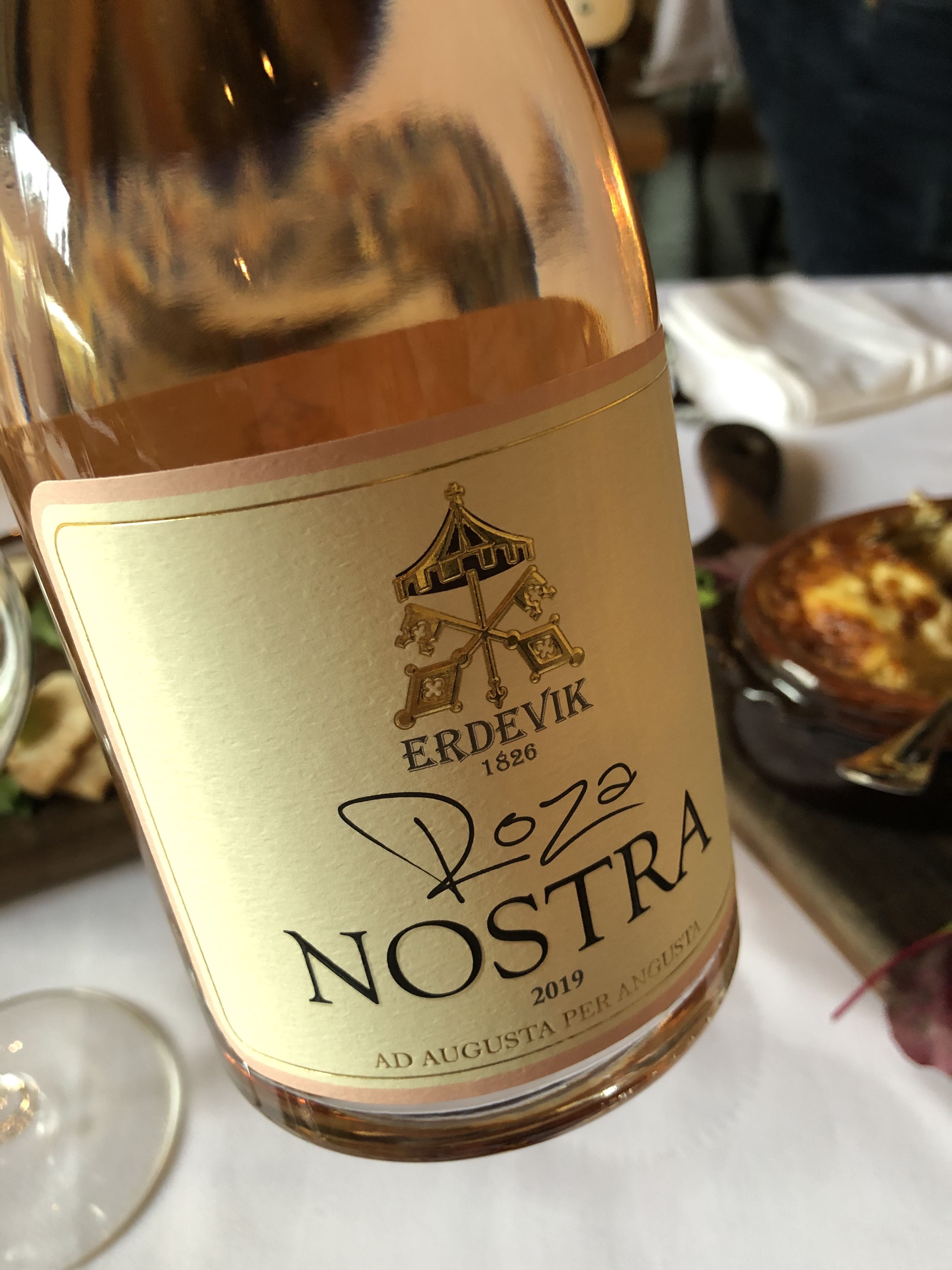
Photo: Daniel Ercsey
Erdevik exCathedra 2016 I 88 points
Nor is this a typical Sauvignon Blanc, with its deep lemon colour and bags of tropical fruit, pineapple, papaya and sweet spice on the nose. Full-bodied and broad on the palate, it boasts smoky notes and hazelnut, and is both deep and long at the same time. The oak is perhaps a little excessive.
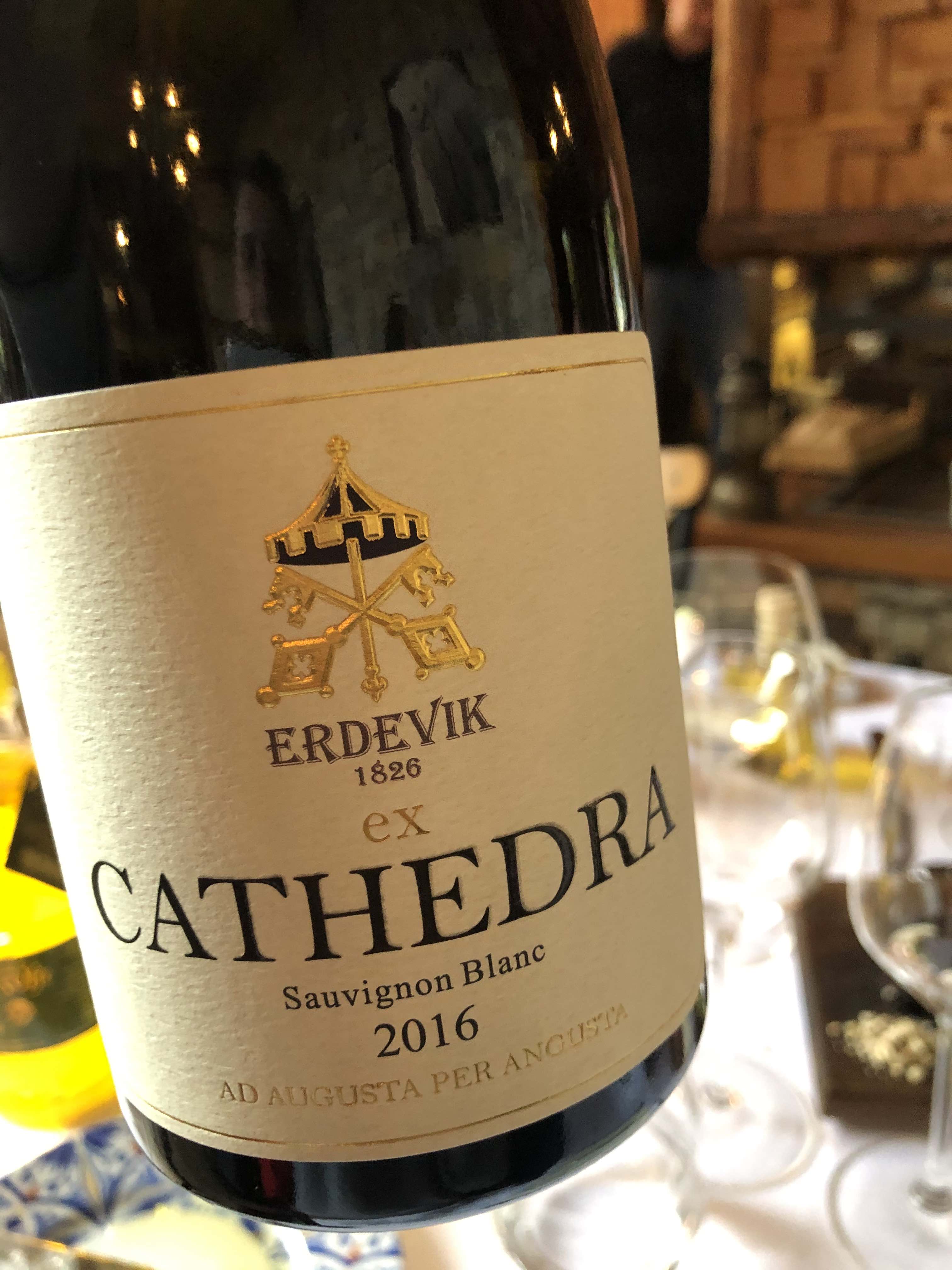
Photo: Daniel Ercsey
As we were tasting in the estate’s restaurant (which, joking aside, is the best restaurant in the area!), they began to bring us local cheeses and salamis, cold-pressed sunflower oil and freshly baked bread, followed by Comrade Tito’s favourite dish Zagorje štrukli, which is a marriage of light and fluffy fresh cow’s cheese or curd cheese and pastry baked in the oven. I could especially imagine it being made with sheep’s curd cheese too. It was amazingly simple and delicious, plus the wines went really well with it. All I can say is that whoever goes to Ilok because of its wines should not just stop there but shall also come over to Erdevik in Serbia!



